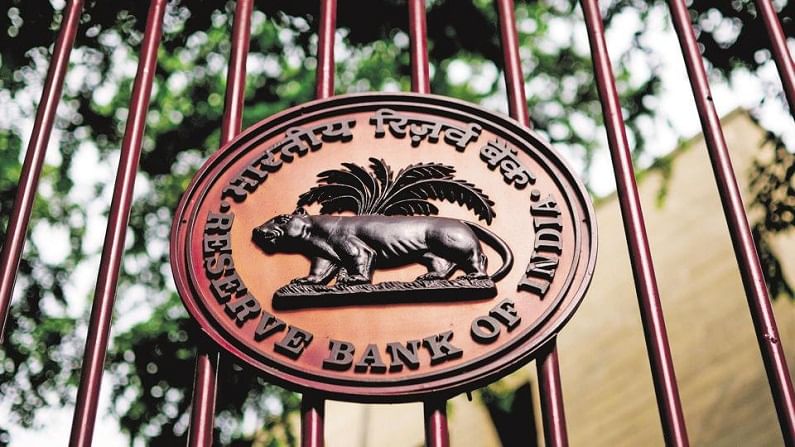Second Covid wave impacts bank deposits, currency holding with public: RBI
In a scenario of low interest rates, varied expectations of returns on different instruments may be altering the savings preferences of some household
- Press Trust of India
- Last Updated : June 17, 2021, 08:21 IST

Mumbai: Bank deposits and currency holding with the public have been adversely impacted during the second Covid wave, indicating a heavy outgo towards pandemic-induced medical expenditure, an RBI article said on Wednesday.
Bank deposits — having a share of around 55 per cent in total assets of households — decelerated by 0.1 per cent at end-April 2021 on a m-o-m (month-on-month) basis as against a growth of 1.1 per cent in April 2020.
The rate of decline in bank deposits vis-a-vis bank credit has also been higher, indicating that this time around the banking sector component of household savings declined. This is in sharp contrast with the spike in savings witnessed during the first wave, the article, published in RBI’s monthly bulletin, said.
“Currency holding with the public has also decelerated significantly to 1.7 per cent during April 2021 in comparison to the growth of 3.5 per cent a year ago, implying heavy outgo towards Covid-induced medical expenditure,” it noted.
Amidst high uncertainty with respect to income, the article said precautionary savings tend to rise with decline in discretionary spending, as reflected in the private final consumption expenditure data on India during the pandemic period.
According to preliminary estimates by RBI, the household financial savings in Q3:2020-21 have come down to 8.2 per cent of GDP from 21 per cent and 10.4 per cent in the previous two quarters.
The savings of High Networth Individuals (HNIs) and retail individuals in liquid funds surged sharply in Q1:2020-21, mirroring the impact of uncertainty amidst Covid-induced lockdown. Households also parked their funds in gold Exchange Traded Funds (ETFs).
“Since then, HNIs’ investments in liquid funds has been negative (implying a drawdown), but retail individuals continue to park their savings in liquid funds,” the article said, adding that HNIs and retail individuals’ investments in gold ETFs have been positive since June 2020.
Further, it said that households’ savings in liquid mutual funds and gold ETFs taken together rose in Q1:2020-21, followed by drawdowns in the next two quarters, before an upturn again in Q4:2020-21.
The average one-year pre-tax return on liquid funds for period ended April 2021 is higher than the savings deposit rate as of June 4, 2021, it added.
Further, tax liabilities on returns earned by long term holders of liquid funds (beyond three years) turn out to be lower for individuals, particularly those in high income slabs, in comparison to holders of bank deposits.
Therefore, in a scenario of low interest rates, varied expectations of returns on different instruments may be altering the savings preferences of some households, the article said.
Download Money9 App for the latest updates on Personal Finance.
Related
- PhonePe vs. GPay: Indian digital payment giants up for a tussle
- Why are e-comm users turning extra cautious? How to avoid dark pattern attacks?
- Worst deposit crunch in 2 decades, RBI urges banks to explore new ways to increase deposits
- Microsoft Global Outage: What led to the ‘Blue Screen of Death’?
- Save your card from getting cloned!
- Project Nexus: A UPI-like platform for cross-border payments

